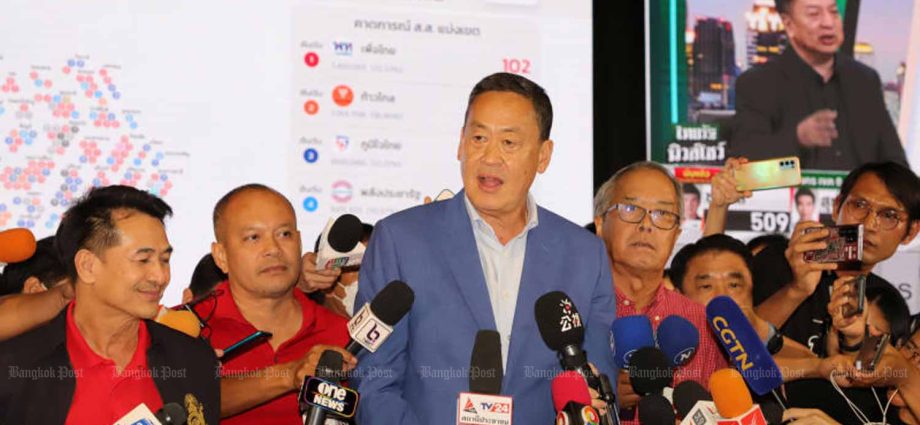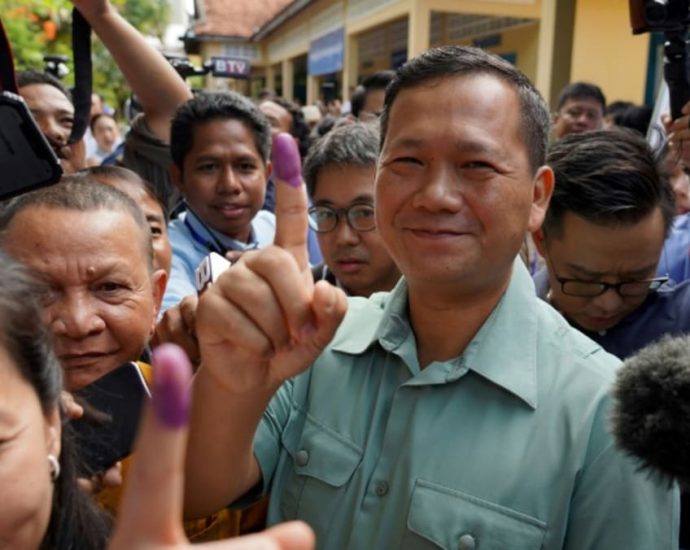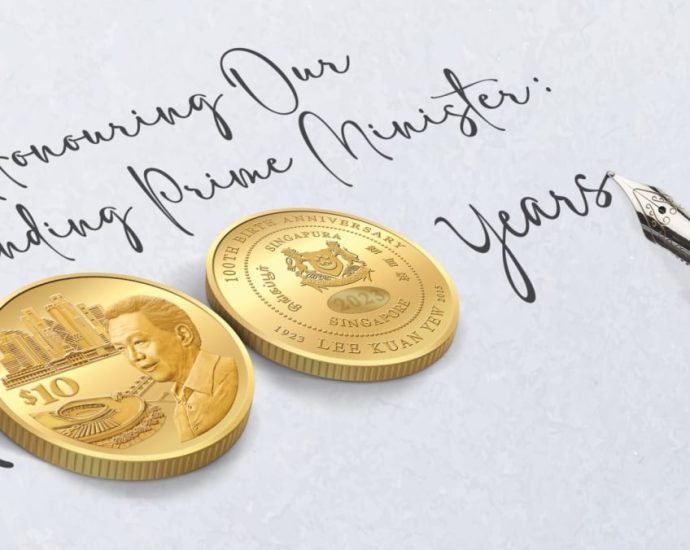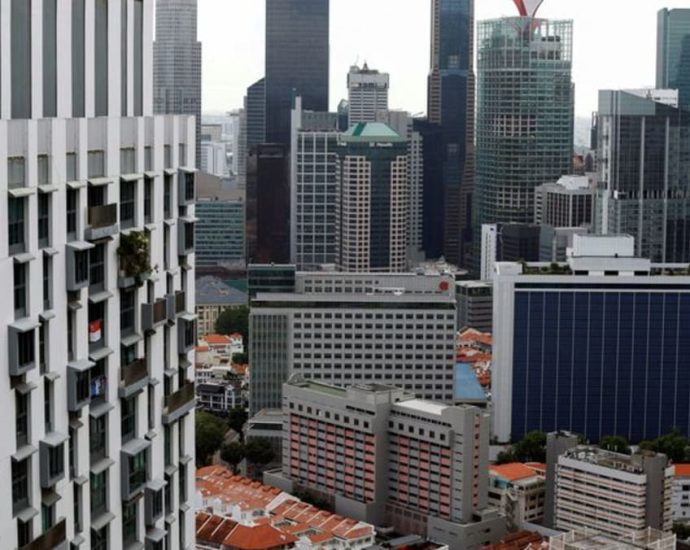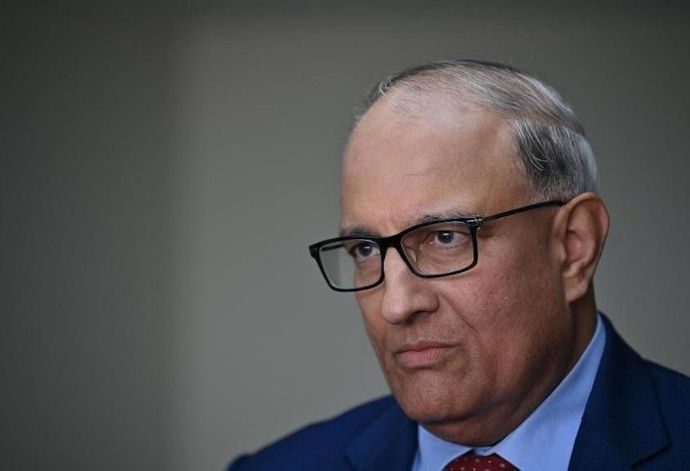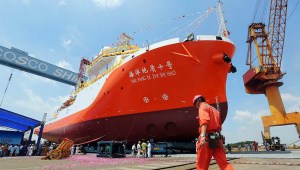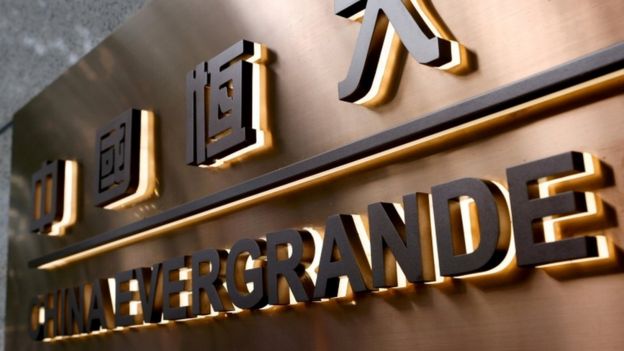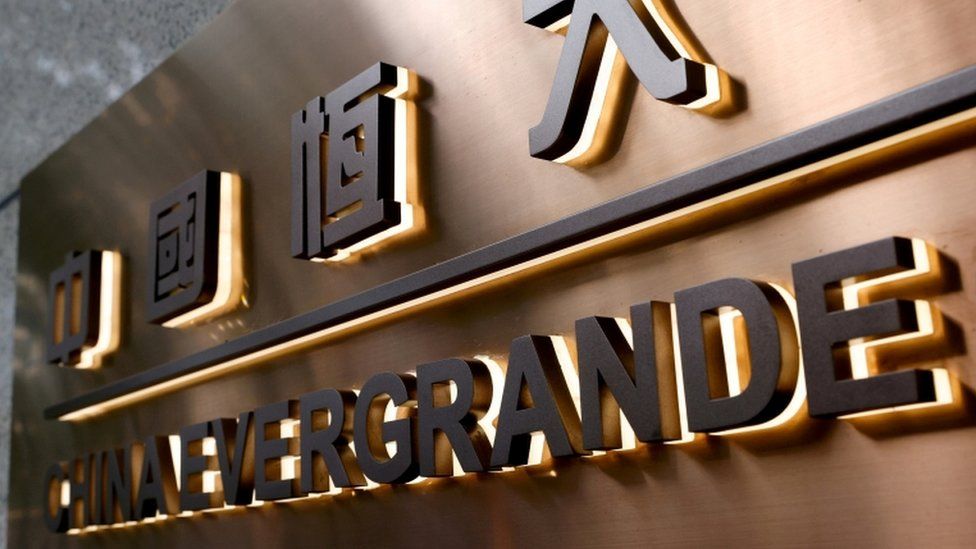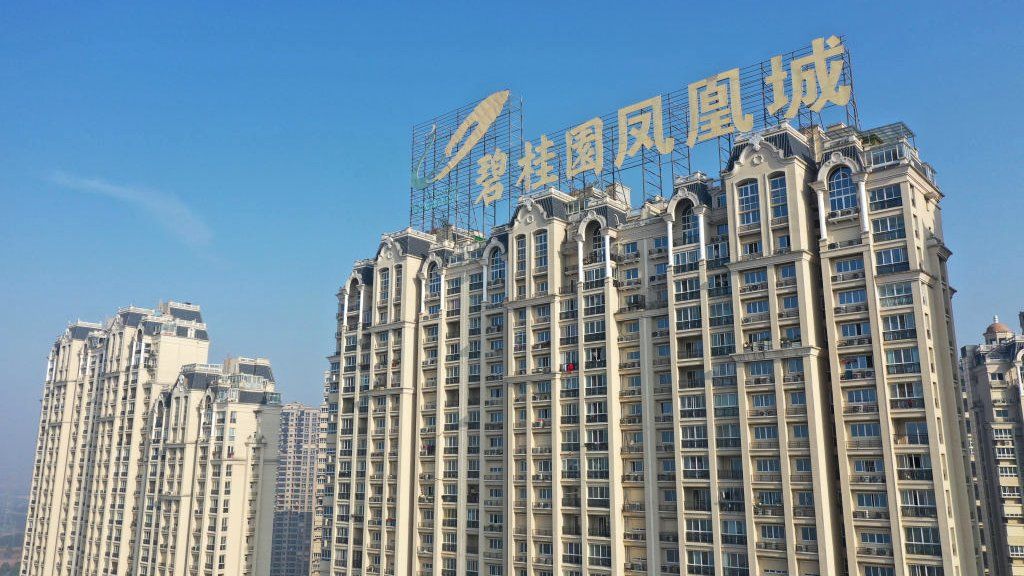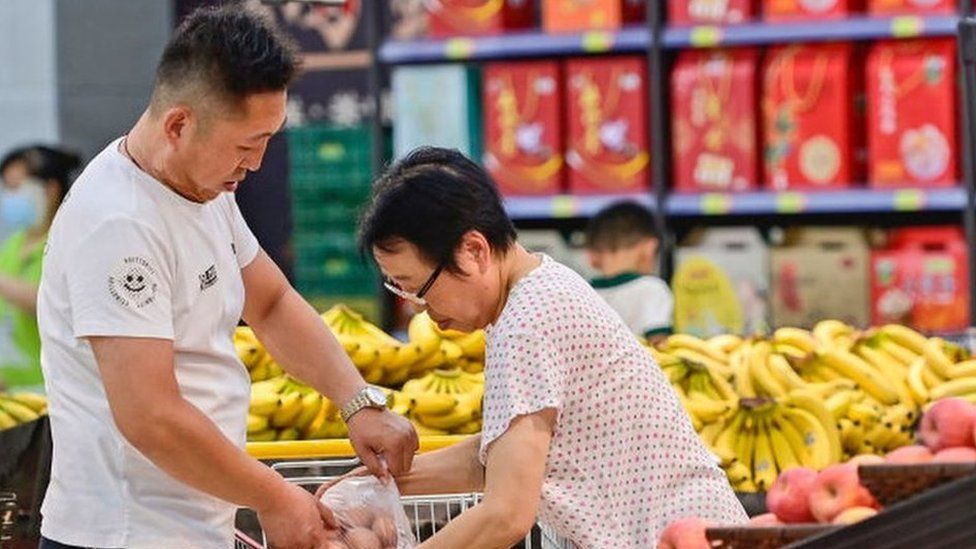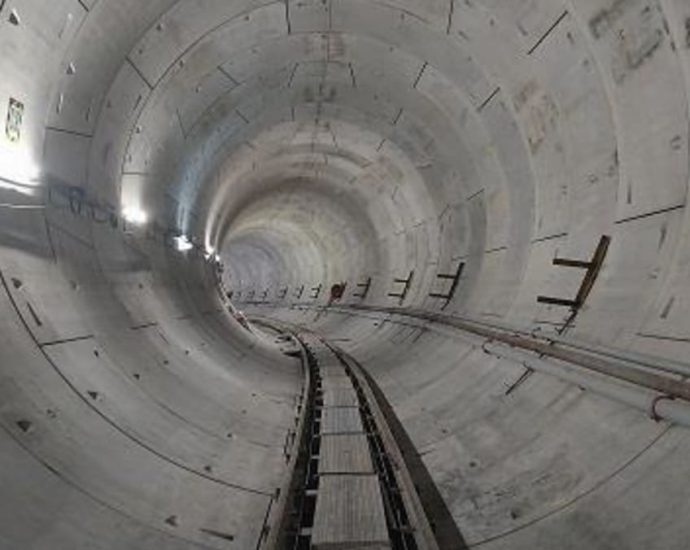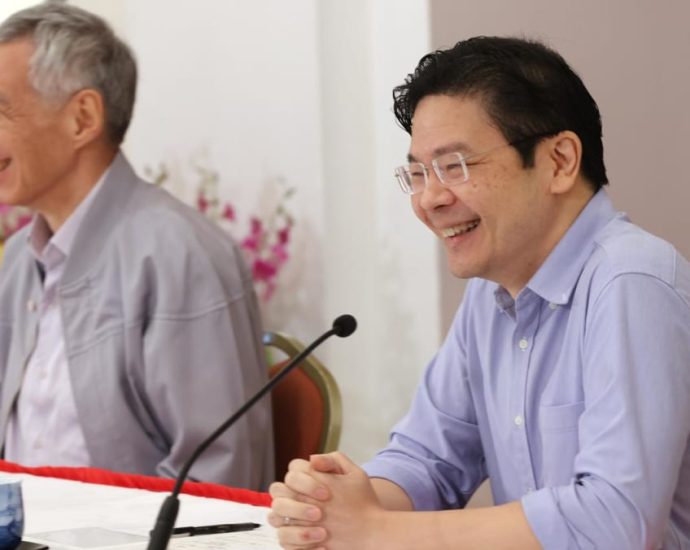Nattawut declares end to role in Pheu Thai
Inclusion of PPRP, UTN parties in alliance is ‘main reason’
PUBLISHED : 21 Aug 2023 at 11:23

Red-shirt co-leader Nattawut Saikuar, secretary-general of the United Front for Democracy against Dictatorship (UDD), has declared an end to his role as director of the Pheu Thai Family, citing the inclusion of Palang Pracharath and United Thai Nation parties in the coalition government proposed by the Pheu Thai Party as the main reason.
“For me, the decision to end my role as director of the Pheu Thai Family is an injury in my heart. This is my home. I was born here, grew up here and have been fighting here. All the people in this house are my brothers. But when the time comes, I have to make a decision,” he said.
Mr Nattawut was speaking during an online news programme on YouTube hosted by TV presenter Sorayuth Suthassanachinda on Monday morning.
He said he had informed senior figures in the Pheu Thai Party of his decision. They included Paetongtarn Shinawatra, head of the Pheu Thai Family, Srettha Thavisin, the party’s prime ministerial candidate, and former prime ministers Thaksin and Yingluck Shinawatra.
Asked whether his decision was a result of Pheu Thai having included the Palang Pracharath and United Thai Nation parties in the coalition it is forming, Mr Nattawut replied, “That is the main reason.”
He said he was confident Mr Srettha would finally get parliamentary endorsement as prime minister.
Mr Nattawut reassured red-shirt members of the UDD who remain staunch supporters of Pheu Thai that his decision would not cause any damage to the party.
He said he had waited before announcing his decision, until he was sure the party had managed to garner sufficient votes for Mr Srettha to be elected prime minister.
Mr Nattawut said he would also ask Move Forward, with 151 MPs, to support the push for amendment of the constitution and legal action against those responsible for dispersing past UDD protests, resulting in deaths and injuries.
Cambodia parliament meets ahead of vote on Hun Sen’s son
PHNOM PENH: Cambodia’s new parliament convened on Monday (Aug 21), setting the stage for long-time ruler Hun Sen to officially hand power to his eldest son after last month’s one-sided election. Hun Sen’s Cambodian People’s Party (CPP) won all but five of 125 seats in the lower house in JulyContinue Reading
Four million commemorative Lee Kuan Yew coins minted; collection to begin on Sep 4
SINGAPORE: A total of four million commemorative S$10 coins marking the 100th birth anniversary of Singapore’s founding Prime Minister Lee Kuan Yew have been minted. This will meet the demand of over 700,000 applications for 3.3 million coins during the online application exercise, said the Monetary Authority of Singapore (MAS) in aContinue Reading
Snap Insight: Can Singapore’s revamped BTO housing framework rein in the lottery effect?
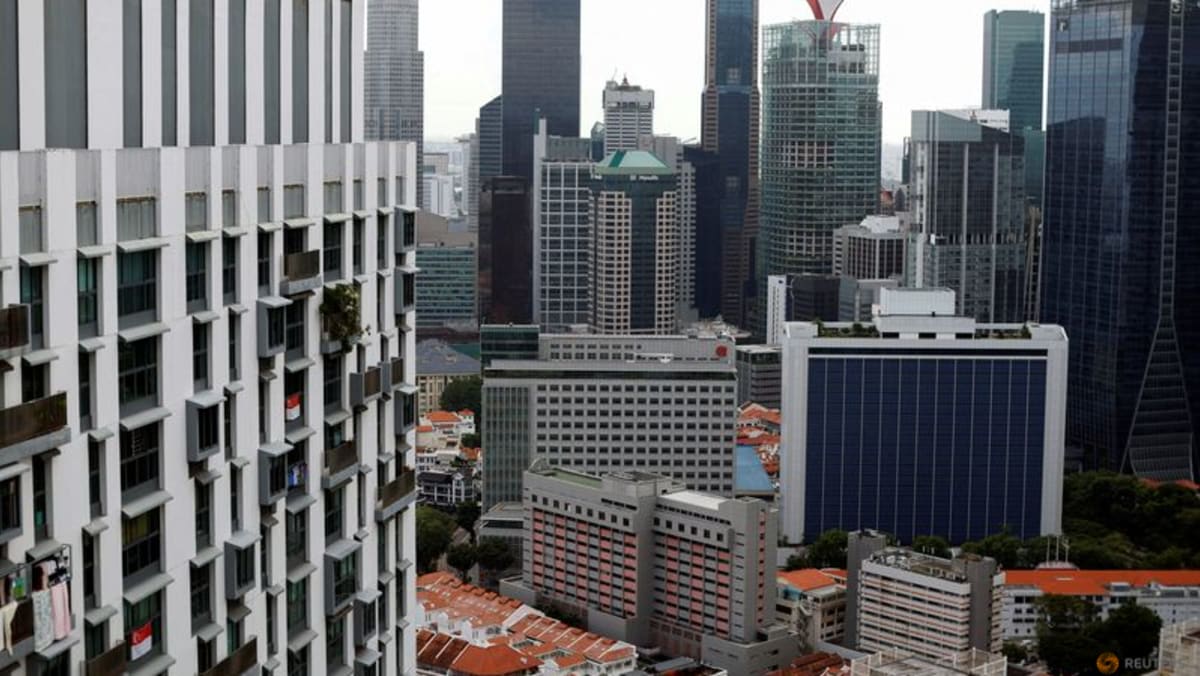
SINGAPORE: Singapore’s Build-to-Order (BTO) public housing model is getting a facelift.
From the second half of next year, new Housing and Development Board (HDB) flats will no longer be differentiated as being in mature or non-mature estates. Instead, they will be classified according to their locational attributes under three categories: Standard, Plus and Prime.
Making the announcement during his National Day Rally speech on Sunday (Aug 20), Prime Minister Lee Hsien Loong highlighted three major aims of Singapore’s public housing programme: Affordability, maintaining a good social mix, and keeping the system fair.
These three objectives are essentially the public housing trinity that form the core foundation of a successful programme that houses 80 per cent of Singapore’s residents. They have also driven Singapore’s public housing policy design.
To achieve affordability, HDB has provided substantial subsidies and grants, particularly to first-time home buyers. For social mixing, the ethnic integration programme has ensured a good racial mix in our neighbourhoods, preventing the formation of ethnic enclaves.
It is, however, the third pillar of fair outcomes that has proven to be more tricky. It is well-known that successful BTO applicants in highly sought-after neighbourhoods often enjoy a “lottery effect”, with high demand for their flats driving resale values up.
A good example of this is Pinnacle@Duxton, where a four-room unit sold for S$1.41 million (US$1.04 million) this month, setting a record for the most expensive four-room flat sold to date. This is more than three times the amount that it was initially sold for.
Singaporeâs PAP not as clean as it used to be
July 2023 was a month to remember in Singapore’s political history. Transport Minister S Iswaran was arrested and released on bail.
He is now to assist the Corrupt Practices Investigation Bureau with an investigation into a case uncovered by the anti-graft agency. The case is speculated to be related to Iswaran’s receipt of gifts from billionaire Ong Beng Seng, who brought Formula One Grand Prix racing to Singapore.
Speaker of Parliament Tan Chuan Jin – once tipped to become one of the candidates for prime minister – resigned over an extramarital affair with Tampines Group Representation Constituency member of parliament (MP) Cheng Li Hui.
Senior minister Tharman Shanmugaratnam retired from politics to contest Singapore’s next presidential election, which means that four People’s Action Party (PAP) parliamentary seats are now vacant.
At a press conference, Prime Minister Lee Hsien Loong indicated that these are not examples of the PAP’s slipping standards. Instead, he suggested that they are examples of how the PAP deals with allegations against its own MPs.
Lee’s press conference was held on the same day that Leon Perera and Nicole Seah, two high-profile members of the Workers’ Party, were caught in a leaked video having an “inappropriate exchange.”
Lee took the opportunity to state that, while forcing Tan and Cheng to resign could be politically costly and embarrassing, the PAP must uphold party discipline and standards of conduct.
The timing of the leaked video raises questions. Someone had secretly filmed the adulterous Workers’ Party couple at a restaurant in 2020, but it was only released on social media three years later, in the same week that Lee decided to go public with Tan’s extra-marital affair.

Lee’s conflation of marital infidelity to corruption is a clever sleight of hand. He equated all of the PAP’s scandals — the Ridout Road conflict of interest, Iswaran’s alleged graft and Tan’s marital infidelity — with the Workers’ Party’s one scandal — an episode of marital infidelity that ended years ago.
If Lee was already aware of Tan’s affair in 2020, why did he wait until February 2023 to have a “hard conversation” with him?
When pressed to make a stand on Iswaran, Shanmugaratnam expressed the not-so-impartial view (presidential candidates are supposedly nonpartisan in Singapore) that Singapore has never had a prime minister who obstructed the Corrupt Practices Investigation Bureau in its investigations.
Shanmugaratnam was alluding to the case of the former minister for national development, Teh Cheang Wan, who committed suicide before the investigation concluded. Notwithstanding Shanmugaratnam’s popularity and trustworthiness, can his words be taken at face value?
Lee said publicly that he personally approved the probe of Iswaran, meaning that he had the capacity to refuse approval. Ong was at the center of a different corruption scandal in 1996 that involved million-dollar sweeteners paid to senior minister Lee Kuan Yew and deputy prime minister Lee Hsien Loong.
Former prime minister Goh Chok Tong decided not to refer the matter to the Corrupt Practices Investigation Bureau, instead authorizing finance minister Richard Hu to chat with the two Lees and report back.
Unsurprisingly, Hu found no wrongdoing, in much the same way that Senior Minister Teo Chee Hean found nothing wrong with the Ridout Road saga.
Under such circumstances, obstruction is not entirely possible under Singapore law. The Corrupt Practices Investigation Bureau reports directly to the prime minister alone, which puts its independence in doubt. The issue of transparency also arose when Iswaran was reported to be under investigation before it was revealed that he was under arrest.

The recent spate of scandals is likely to hurt the PAP’s chances in the next general election, which will be due by the end of 2025. In 2020, Iswaran’s West Coast Group Representation Constituency was held by only 1.7% after his PAP team suffered a 26% swing against it.
After the PAP’s surprise loss of the Sengkang constituency in that election, there is a real possibility that it may not hold onto the West Coast constituency in the next election.
Coupled with the decline in public trust in the PAP since the watershed election of 2011 and the government’s mismanagement of the Covid-19 pandemic, it remains to be seen if the PAP can weather this storm.
Ying-kit Chan is an assistant professor at the Department of Chinese Studies, National University of Singapore.
This article was originally published by East Asia Forum and is republished under a Creative Commons license.
Fret not, Aussies: US Navy still far superior to Chinaâs
The federal Labor government used the recent ALP national conference to address internal dissent over the controversial AUKUS security pact and its plan for acquiring nuclear-powered submarines.
Taxpayers have been asked to fund these subs at an extreme cost, up to A$368 billion (US$235.8 billion), and with many risks in the procurement cycle. This decision, and the price tag, can only be justified by the consideration that Australia would likely join the US in a war against China to protect Taiwan.
But the government hasn’t specifically acknowledged that. Its public rationale for going ahead with the subs is to counter China’s growing military influence in the Asia-Pacific, especially in the maritime domain.
“China’s military buildup is now the largest and most ambitious we have seen by any country since the end of the second world war,” according to Australian Defense Minister Richard Marles.
But how great is China’s naval capability?
The truth is the US Navy, alongside its allied navies, especially Japan, remains much more powerful compared with China’s People’s Liberation Army-Navy – and that’s likely to continue.
The Australian government isn’t being fully open about the cost-benefit analysis. It hasn’t publicly laid out its case for why its pursuit of such extremely expensive subs in relatively small numbers would help redress negative implications of the Chinese military buildup for Australian security.
What’s more, the AUKUS arrangements add little to the security commitment the US and Australia already have. Australia already has the closest possible alliance with the US, and even the government has said to its Asian neighbors that AUKUS doesn’t upgrade the security guarantees of the US to Australia.
So how to assess the naval balance of power between China and the US, and do the AUKUS submarines arriving in the 2030s figure in those assessments?
Comparing navies the old way
A traditional way of assessing the balance of naval power is to count and compare the number of warships operated by each country. Even on that metric, the US isn’t outgunned by China, based on recent data.
China is frequently described as the world’s largest navy. But the US has more of the most important types of major warships, which are suitable for maritime warfare. The count only shifts in China’s favor for lighter and less heavily armed ships, such as frigates and coastal patrol vessels.

China’s advantage in lighter classes of warships could be particularly important in a conflict contained largely within the Taiwan Strait and other coastal areas near China.
On the other hand, even though the US doesn’t normally deploy all its naval force to the Western Pacific, it could deliver overwhelming naval power in the region in most circumstances if war was imminent.
The ‘missile age’
In today’s world, the ability of a country to carry out missile strikes is a far more important consideration than simply the number of warships.
The US can readily compensate for China’s numerical advantage in light warship numbers with “stand-off” missiles, which can be launched from long distances (more than 1,500 kilometers).
In modern war, the count of “weapons platforms” (any structure from which weapons can be deployed, including ships) is far less important than the number of missiles that can be fired from a variety of platforms against enemy targets.
The US-based CSIS think tank has estimated that in the event of China starting a war with Taiwan, the US could fire more than 5,000 anti-ship missiles over the first 3-4 weeks.
The simulation was pessimistic about whether this number would be adequate to hold the Chinese attack at bay or defeat it in the first weeks, but it still saw China suffer significant ship losses. The simulation didn’t include US attacks on Chinese naval bases, which could significantly alter the missile advantage in favor of the US.
In a war between the US and China, we could expect the US would be prepared to undertake crippling cruise missile strikes on naval bases and other targets inside China.
Even on short warning, the US Navy could, for example, launch more than 1,000 cruise missiles against the Chinese mainland in an initial engagement over several days if it chose to do so.
According to the US Congressional Research Service, the US Navy has 9,000 missile vertical launch tubes to deliver long-range cruise missiles, compared with China’s 1,000. The Australian public need not be so spooked about China’s naval buildup, given the US’s supremacy in the “missile age.”
US also has the cyber advantage
The US Navy also has superior cyber capabilities compared with the Chinese navy.
Its cyber resources are concentrated in its “Tenth Fleet”, with more than 19,000 active and reserve personnel. It has 26 active commands, 40 cyber mission force units, and 29 reserve commands around the world, which could be available to strike China in the event of war.
Such missions would likely aim to disable, disrupt or destroy the command and control and fighting effectiveness of the Chinese navy.
For example, it was US Navy cyber personnel, alongside Ukrainian counterparts, who successfully blocked what could have been crippling cyber attacks by Russia ahead of its invasion in early 2022.
In contrast, China doesn’t appear to have a dedicated naval cyber command, corresponding forces or such a substantial global footprint.
The International Institute for Strategic Studies (IISS) has assessed that China is at least ten years behind the US in its cyber power.
This judgment is based on the US’s industrial and technological supremacy, and its much longer history of integrating cyber operations into military planning.

In a war with China, the US could count on the active support of key allies, such as the United Kingdom, Canada and Australia, through remote cyber military attacks against China.
The AUKUS pact enhances the strength of this cyber alliance. Australia having nuclear-powered submarines doesn’t hugely change the US-China balance of power.
The allied cyber capabilities together far outweigh those of China. China has no strong cyber allies and has weak cyber defenses compared with the US.
What about the long term?
The Congressional Research Service’s May 2023 report assesses that the naval balance remains in favor of the US, especially in submarine capability.
It finds China would have to maintain its robust naval buildup and modernization for quite some time if that were to change (though it doesn’t estimate a timeline for this).
If that transpires, the report concludes China “might eventually draw even with or surpass the United States in overall naval capability”, though in my view this outcome is far from certain.
The US advantage in naval power over China will likely remain in place for at least the next decade, and probably longer. The government owes the Australian public a granular accounting of the military balance for the longer term.
Greg Austin is Adjunct Professor, Australia-China Relations Institute, University of Technology Sydney
This article is republished from The Conversation under a Creative Commons license. Read the original article.
China cuts key interest rate as recovery falters
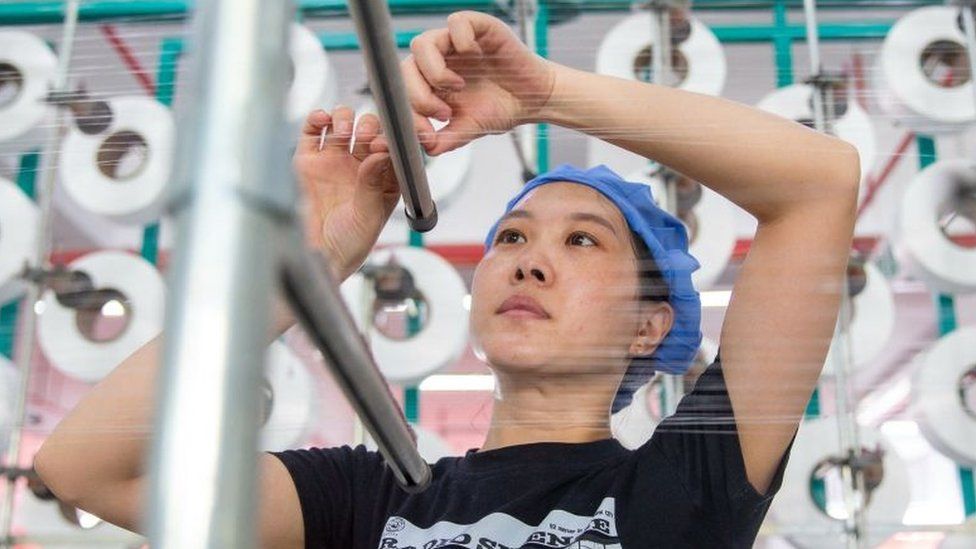 STR/AFP
STR/AFPChina’s central bank has cut its key interest rates for the second time in three months as the world’s second-largest economy struggles to recover from the impact of the pandemic.
The People’s Bank of China (PBOC) lowered its one-year loan prime rate to 3.45% from 3.55%.
The country’s post-Covid recovery has been hit by a property crisis, falling exports and weak consumer spending.
The cut comes as other major economies raised rates to tackle rising prices.
The PBOC last cut its one year rate – on which most of China’s household and business loans are based- in June.
Economists had also expected the bank to lower its five-year loan prime rate, which the country’s mortgages are pegged to. However, it was unchanged at 4.2%
In a surprise move last week, short and medium-term rates were also cut.
China’s economy has struggled to overcome several major issues in the wake of the pandemic, which saw much of the world shut down.
Last week, the serious problems in its property market were highlighted when crisis-hit real estate giant Evergrande filed for bankruptcy protection in the US.
The heavily-indebted company is still working on a multi-billion dollar deal with creditors.
Earlier this month, another of the country’s biggest property developers, Country Garden, warned that it could see a loss of up to $7.6bn (£6bn) for the first six months of the year.
The same week, official figures showed China had slipped into deflation for the first time in more than two years.
That was as the official consumer price index, a measure of inflation, fell by 0.3% last month from a year earlier.
Beijing has also stopped releasing youth unemployment figures, which were seen by some as a key indication of the country’s slowdown.
In June, China’s jobless rate for 16 to 24 year olds in urban areas hit a record high of more than 20%.
Related Topics
Tunnelling works completed for Phase 2 of Singapore’s sewage ‘superhighway’

CHALLENGING PROCESS
PUB said that tunnelling work for Phase 2 of the project “was a challenging process” through highly built-up areas.
“The tunnelling works had to be carried out by five different contractors, using pioneering construction methods and smart technologies for safe and smooth operations,” the agency said.
“This served to greatly reduce disruption to above-ground infrastructure and the public.”
Construction of Phase 2 also saw the implementation of new features that will allow authorities to ensure the integrity of deep tunnels and maintain them more easily.
“These include the use of concrete resistant to microbiological-influenced corrosion, isolation gates to allow for flow diversion, fibre optic cables for remote monitoring of a tunnel’s structural integrity and the use of air jumpers to control air flow within the tunnels,” PUB said.
The Tuas Water Reclamation Plant, a key component of Phase 2, is expected to be ready by 2026.
The plant will be located with the National Environment Agency’s Integrated Waste Management Facility to form Tuas Nexus, Singapore’s first integrated used water and solid waste treatment facility that will be fully energy self-sufficient, PUB said.
In a statement, PUB chief executive Goh Si Hou described the DTSS as a “game-changer” for “one of the most water-stressed countries in the world”.
“The Deep Tunnel Sewerage System is not only an engineering feat, but a key pillar in strengthening Singapore’s water resilience to meet the long-term challenges of climate change and growing water needs,” he said.
“This has been made possible through the bold vision and innovation of our pioneers, and decades of meticulous planning and hard work by our planners, engineers and contractors.
“We look forward to the upcoming completion of our water reclamation and NEWater plants, which will realise the full potential of the DTSS in the years to come.”
Snap Insight: Leadership succession âback on trackâ but no clear timeline
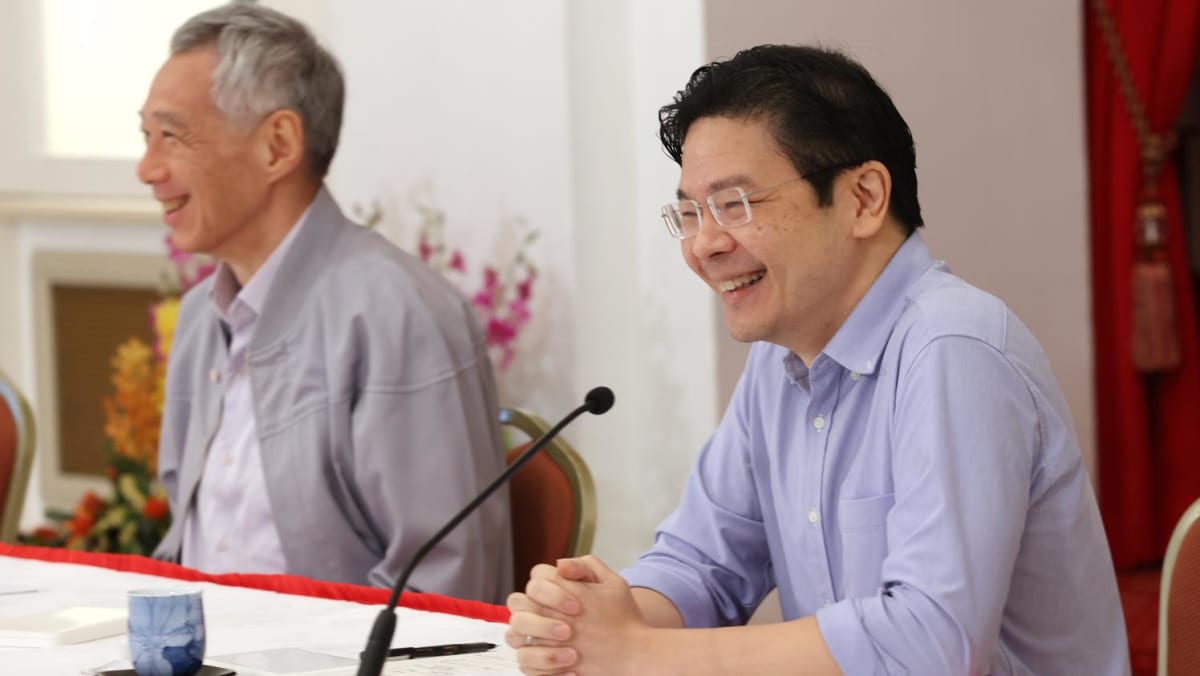
HANDOVER TIMELINE STILL UNCLEAR
Committing to transition without a specific timeline raises questions about clarity and planning.
Certainly, Mr Lee’s words will fuel speculation about the potential timing of an upcoming election. He said in July that he had no plans to call an early election.
A clear handover timeline would provide stakeholders with a sense of direction and certainty. It would give clarity about how outgoing and incoming leaders can work collaboratively to ensure a seamless transition, without leaving the nation in a state of uncertainty.
Two scenarios emerge: A handover before the next election – due by 2025 – or shortly thereafter.
The former could signal Mr Lee’s confidence in the 4G team’s readiness and their ability to shape the nation’s path. Mr Lee might assume the role of a senior minister, as his predecessors did, to continue offering guidance.
On the other hand, if Mr Lee were to lead the next election, it might inadvertently imply that the 4G leaders are not yet fully prepared for the transition.
LGBTQ fears grow in Malaysia as Islamists shatter reform hopes
Last month, authorities halted a music festival, after the frontman of British pop band The 1975 kissed a male bandmate onstage and criticised Malaysia’s anti-LGBTQ laws. Asked about the government’s position on LGBTQ rights, government spokesperson and communications minister Fahmi Fadzil told Reuters: “Whatever the prime minister has said isContinue Reading

